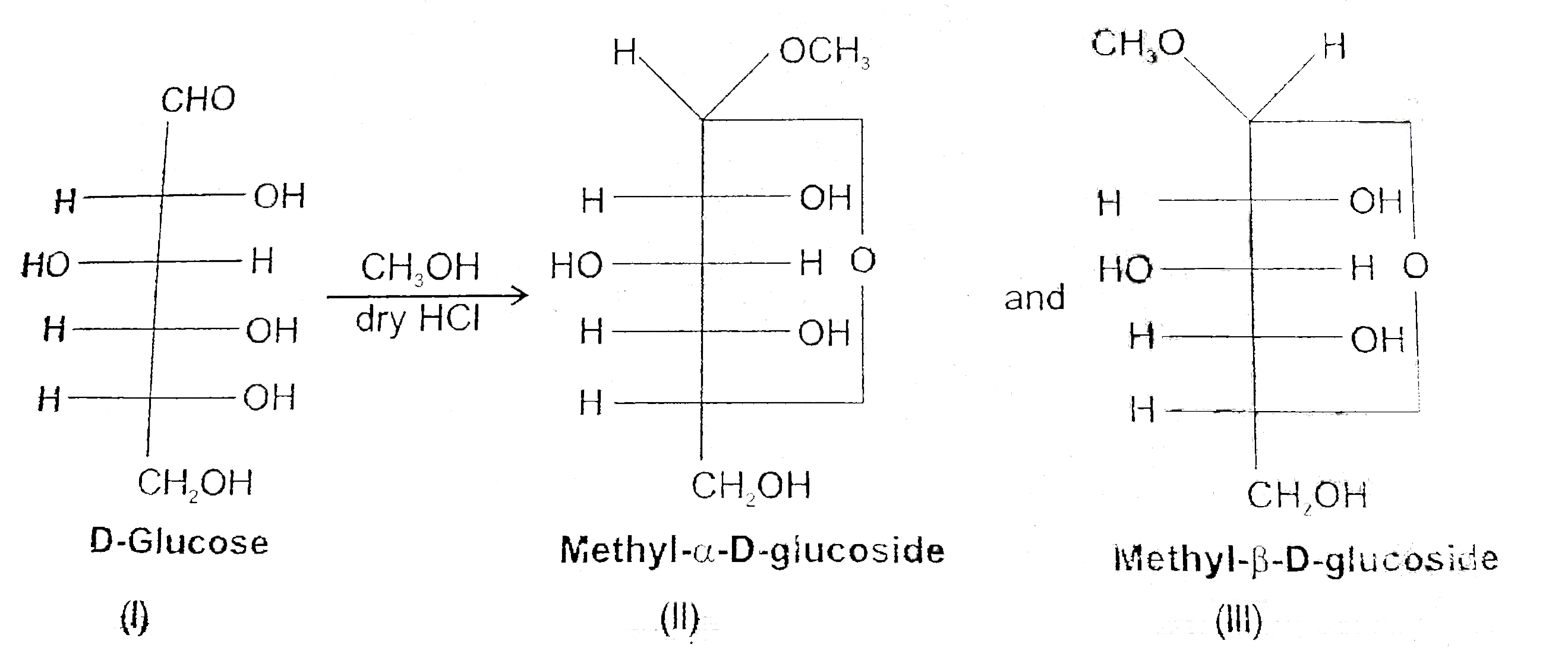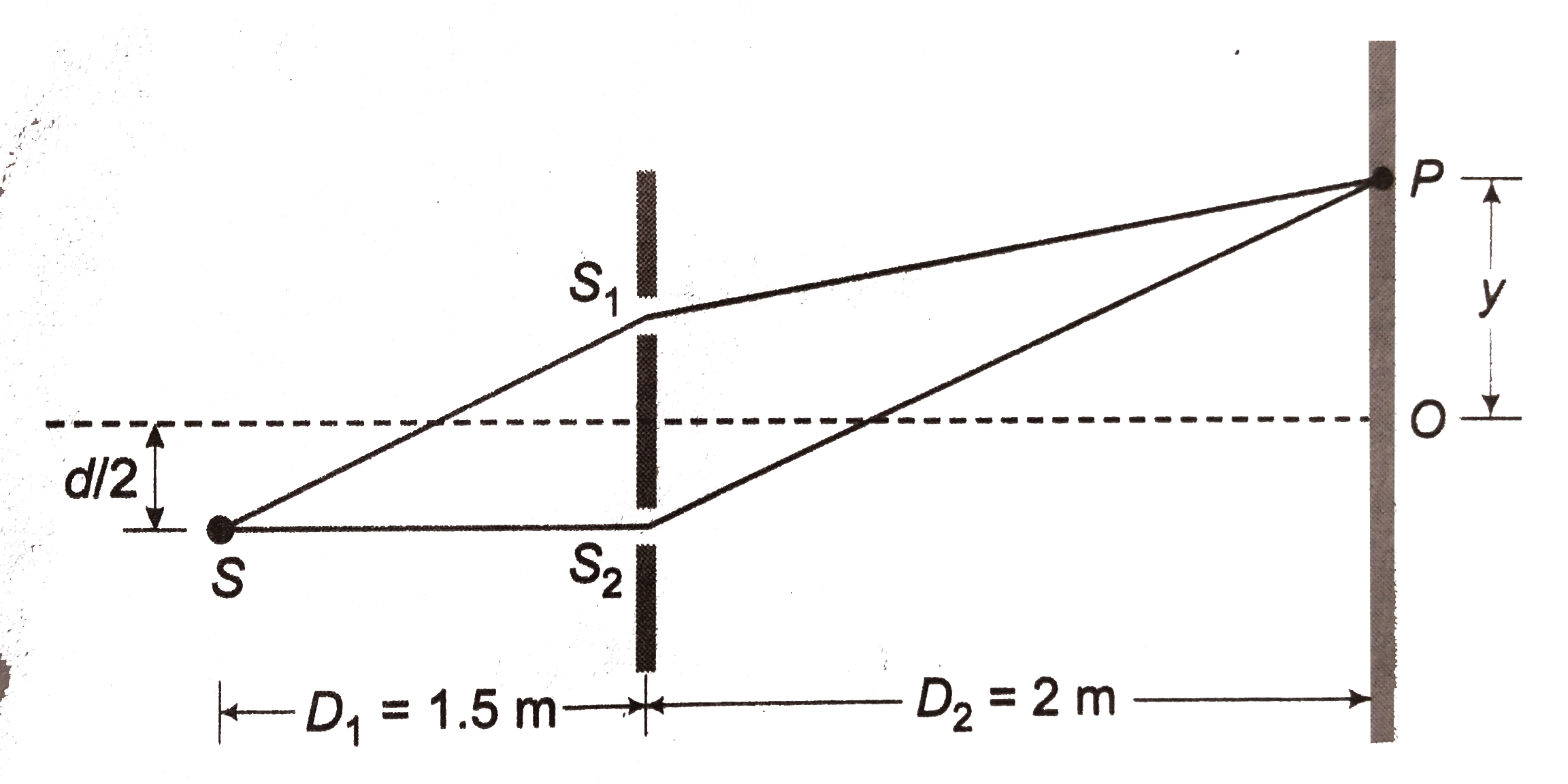A natural linear polymer of 2 methyl -1,3 - butadiene becomes hard on treatment with suphur between 373 to 415 K and -s - s- bonda are formed between chains.Write the structure of the product of this treatment?
To solve the question regarding the structure of the product formed from the treatment of a natural linear polymer of 2-methyl-1,3-butadiene with sulfur, we will follow these steps:
Step 1: Identify the Polymer
The natural linear polymer of 2-methyl-1,3-butadiene is known as natural rubber, which is primarily made up of repeating units of isoprene (2-methyl-1,3-butadiene).
Step 2: Understand the Process
The treatment with sulfur between 373 K to 415 K is known as vulcanization. This process involves the formation of sulfur-sulfur (S-S) bonds between the polymer chains, which increases the hardness and elasticity of the rubber.
Step 3: Draw the Structure of Isoprene
The repeating unit of isoprene can be represented as follows:
CH2∣C=CCH3CH2
This structure can be simplified in the polymer form as:
−(−CH2−C(CH3)=CH−CH2−)−
Step 4: Represent the Vulcanized Rubber
During vulcanization, sulfur atoms create cross-links between the polymer chains. This can be represented as follows:
1. Take two isoprene chains.
2. Connect them with sulfur atoms at various points.
Here is a simplified representation of the vulcanized rubber structure:
S−(−CH2−C(CH3)=CH−CH2−)−||SS||−(−CH2−C(CH3)=CH−CH2−)−
In this representation, sulfur (S) atoms are shown linking the polymer chains.
Step 5: Finalize the Structure
The final structure of vulcanized rubber can be represented in various ways, but the essential feature is the presence of sulfur cross-links between the isoprene chains.
Conclusion
The product of the treatment of natural rubber with sulfur is known as vulcanized rubber, which has enhanced properties due to the formation of sulfur-sulfur bonds.
---
The natural linear polymer of 2-methyl-1,3-butadiene is known as natural rubber, which is primarily made up of repeating units of isoprene (2-methyl-1,3-butadiene).
The treatment with sulfur between 373 K to 415 K is known as vulcanization. This process involves the formation of sulfur-sulfur (S-S) bonds between the polymer chains, which increases the hardness and elasticity of the rubber.
The repeating unit of isoprene can be represented as follows:
CH2∣C=CCH3CH2
This structure can be simplified in the polymer form as:
−(−CH2−C(CH3)=CH−CH2−)−
During vulcanization, sulfur atoms create cross-links between the polymer chains. This can be represented as follows:
1. Take two isoprene chains.
2. Connect them with sulfur atoms at various points.
S−(−CH2−C(CH3)=CH−CH2−)−||SS||−(−CH2−C(CH3)=CH−CH2−)−
In this representation, sulfur (S) atoms are shown linking the polymer chains.
The final structure of vulcanized rubber can be represented in various ways, but the essential feature is the presence of sulfur cross-links between the isoprene chains.
The product of the treatment of natural rubber with sulfur is known as vulcanized rubber, which has enhanced properties due to the formation of sulfur-sulfur bonds.
Topper's Solved these Questions
- BOOK - NCERT EXEMPLAR ENGLISHCHAPTER - POLYMEREXERCISE - Matching The Columns8videos
POLYMER
- BOOK - NCERT EXEMPLAR ENGLISHCHAPTER - POLYMEREXERCISE - Assertion and Reason7videos
POLYMER
- BOOK - NCERT EXEMPLAR ENGLISHCHAPTER - POLYMEREXERCISE - Multiple Choice Question (More Than One Option)11videos
POLYMER
- BOOK - NCERT EXEMPLAR ENGLISHCHAPTER - P-BLOCK ELEMENTSEXERCISE - Long Answer Type Questions3videos
P-BLOCK ELEMENTS
- BOOK - NCERT EXEMPLAR ENGLISHCHAPTER - SOLID STATEEXERCISE - long answer type questions4videos
SOLID STATE
Similar Questions
Insert four H.M.’s between 2/3 and 2/13.
View SolutionRead the given passage and answer the questions number 1 to 5 that follow:
The substitution reaction of alkyl halide mainly occurs by SN1 and SN2 mechanism. Whatever mechanism alkyl halides follow for the substitution reaction to occur, the polarity of the carbon halogen bond is responsible for these substitution reactions. The rate of SN1 reactions are governed by the stability of carbocation whereas for SN2 reactions steric factor is the deciding factor. If the starting material is a chiral compound, we may end up with an inverted product or racemic mixture depending upon the type of mechanism followed by alkyl halide. Cleavage of ethers with HI also governed by steric factor and stability of carbocation, which indicates that in organic chemistry, these two major factors help us in deciding the kind of product formed
1. Predict the stereochemistry of the product formed if an optically active alkyl halide undergoes substitution reaction by SN1 mechanism.
2. Name the instrument used for measuring the angle by which the plane polarised light is rotated.
3. Predict the major product formed when 2-Bromopentane reacts with alcoholic KOH.
4. Give one use of CHI3
5. Write the structures of the products formed when anisole is treated with HI.View SolutionInsert four H.M.s between 3/2 and 13/2.
View SolutionFigure, shows a stationary wave between two fixed points P and Q Which point (s) of 1,2 and 3 are in phase with the point X ?
_E01_064_Q01.png) View Solution
View SolutionThe aqueous solution of a nitrogen and chlorine containing compound (A) is acidic to litmus. (A) on treatment with aqueous NaOH gives a compound (B) containing nitrogen, but not chlorine. Compound (B) on treatment with C6H5SO2Cl in presence of NaOH gives an isoluble product (C) C13H13NO2S. Give structure of (A) and (B).
View SolutionD-glucose, on treating with methanol in presence of dry HCl gives methyl glucosides according to the following reaction.

Mention true (T) and False from the following statements
S1: The glucosides do not reduce fehling's solution
S2: The glucosides do not react with hydrogen cyanide or hydroxylamine
S3: Behaviour of glucosides as stated in S1 and S2 indicates the absence of free −CHO group
S4: The two forms of glucosides are enantiomers.View SolutionTwo blocks of masses m and 3m on a horizontal surface are in contact with the ends of a horizontal massless spring. The coefficient of friction between m and surface and between 3m and surface is μ and μ/3 respectively. The two blocks are moved towards each other to compress the spring and then released. The two blocks move off in opposite directions covering distances S1 and S2 before comming to rest. S1:S2 is
View SolutionIn the YDSE, the monochromatic source of wavelength λ is placed at a distance d2 from the central axis (as shown in the figure), where d is the separation between the two slits S1andS2 .

(a)Find the position of the central maxima.
(b) Find the order of interference formed at O.
(c)Now, S is placed on centre dotted line. Find the minimum thickness of the film of refractive indes μ=1.5 to be placed in front of S2 so that intensity at O becomes 34th of the maximum intensity.
(Take λ=6000Å,d=6mm.)View SolutionNumber of integral value (s) of k for which the equation 4x2−16x+k=0 has one root lie between 1 and 2 and other root lies between 2 and 3, is
View SolutionTwo point sources S1 and S2 are 24 cm apart. What should a convex lens of focal length 9 cm be placed between them so that the images of both sources formed at the same place ?
View Solution

